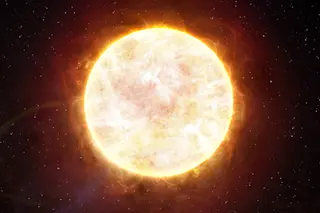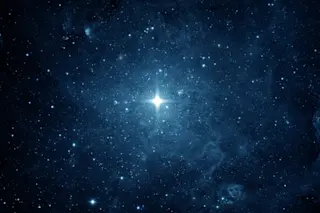An Inside Look at Cassini's Best Images
Explore Titan Beyond Rings, home to Liquid Lakes and perhaps the next Earth-like World in our solar system.
More on Discover
Stay Curious
SubscribeTo The Magazine
Save up to 40% off the cover price when you subscribe to Discover magazine.
Subscribe












